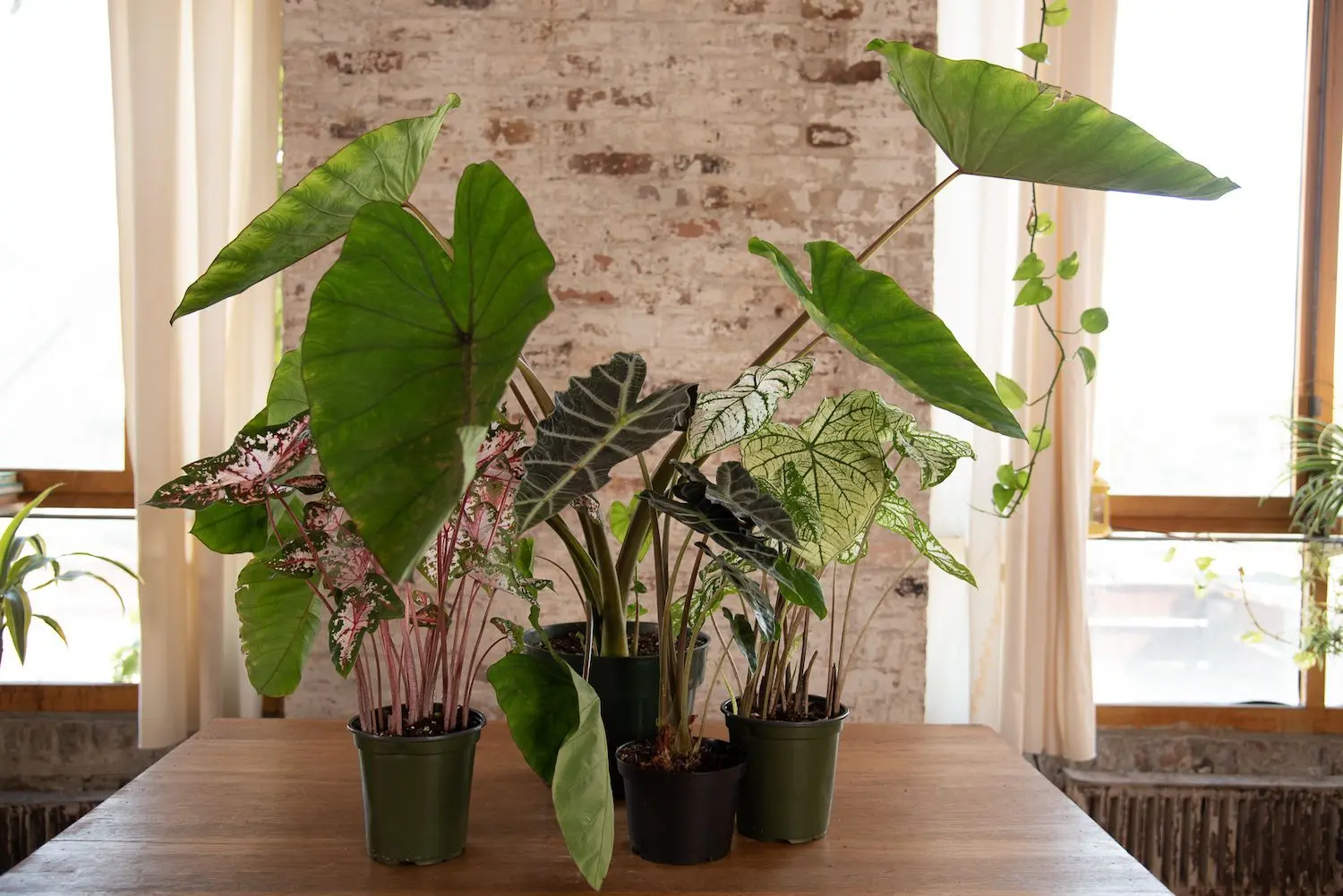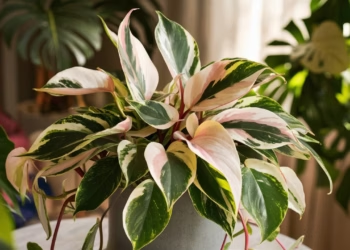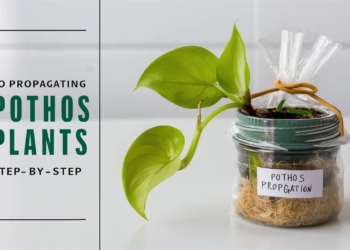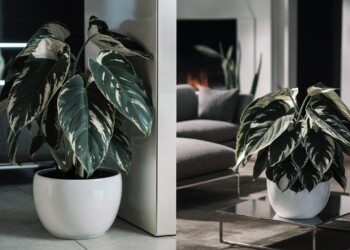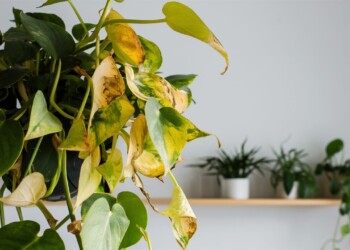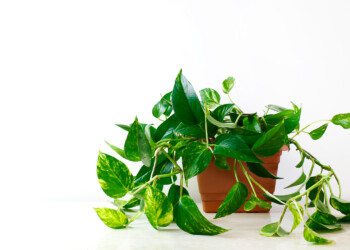Are you ready to turn your living space into a lush oasis? Look no further than the majestic elephant ear plant! With its broad, striking foliage and easy-care nature, this tropical beauty is the perfect addition to any indoor garden. But before you dive headfirst into plant parenthood, let us guide you through the ins and outs of elephant ear plant care indoors. From choosing the right spot to troubleshooting common issues, we’ve got everything you need to help your elephant ear thrive!
Table of Contents
Selecting the Perfect Spot
First things first: finding the ideal location for your elephant ear plant is key to its success. These plants love bright, indirect sunlight, so aim to place them near a south- or east-facing window where they can soak up plenty of rays without being exposed to harsh, direct sunlight. If natural light is limited in your space, fear not! Elephant ears can also thrive under artificial grow lights, making them a versatile option for any indoor environment.
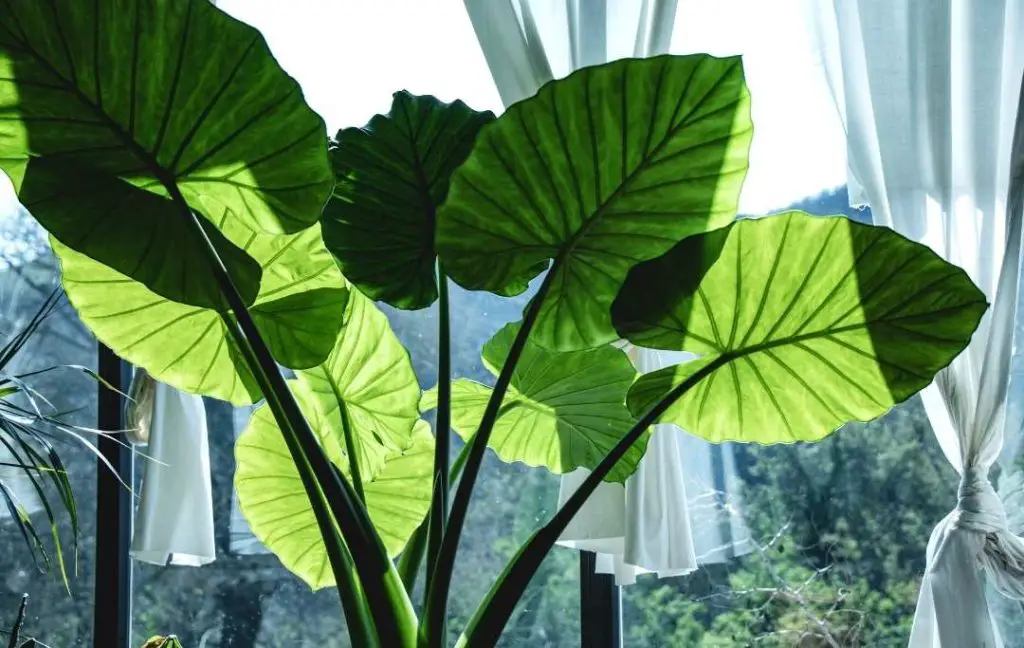
Potting and Soil
Once you’ve found the perfect spot, it’s time to pot your plant. Choose a container with drainage holes to prevent water from pooling around the roots, as elephant ears prefer moist but not soggy soil. A well-draining potting mix, such as one formulated for tropical plants, will provide the perfect balance of aeration and moisture retention. And don’t forget to repot your elephant ear as it grows, giving its roots plenty of room to spread out and thrive.
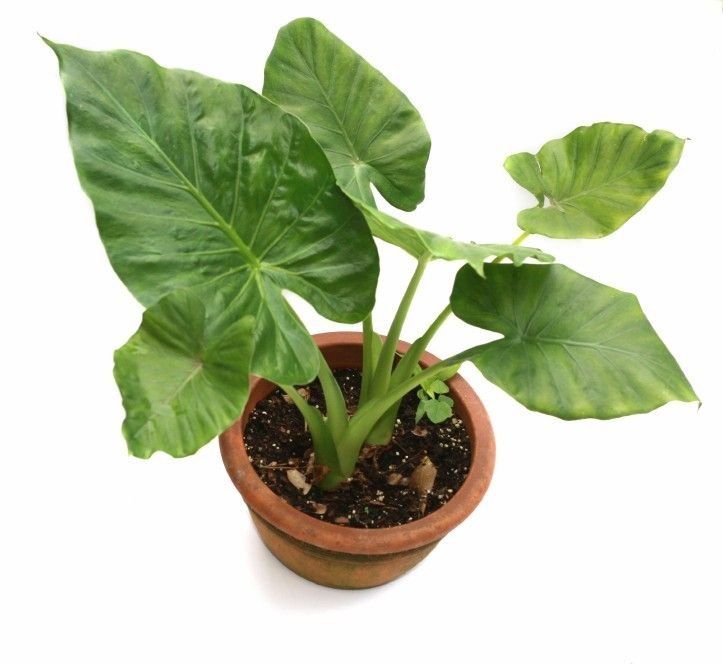
Watering Wisely
When it comes to watering your elephant ear plant, consistency is key. Aim to keep the soil consistently moist, but not waterlogged, allowing the top inch or so to dry out between waterings. During the growing season, typically spring and summer, you may need to water more frequently to keep up with your plant’s increased hydration needs. In the winter months, however, you can ease up on the watering to prevent root rot and other moisture-related issues.

Feeding Your Foliage
Like any hungry houseguest, your elephant ear plant will appreciate a good meal now and then. During the growing season, fertilize your plant every 2-4 weeks with a balanced, water-soluble fertilizer to provide it with the nutrients it needs to thrive. Be sure to follow the manufacturer’s instructions carefully, as over-fertilizing can lead to nutrient imbalances and other problems.

Creating The Perfect Humidity And Temperatures
In their natural habitat, elephant ear plants enjoy high humidity levels and favor warm temperatures ranging from 18-29°C (65-85°F) and high humidity levels, so it’s essential to mimic these conditions indoors. You can increase humidity around your plant by misting it regularly, placing a tray of water filled with pebbles beneath the pot, or investing in a humidifier for your home. Keeping humidity levels between 60-80% will help prevent dry, crispy leaves and promote lush, healthy growth. Additionally, positioning these plants in naturally humid areas such as kitchens or bathrooms can promote healthy growth.
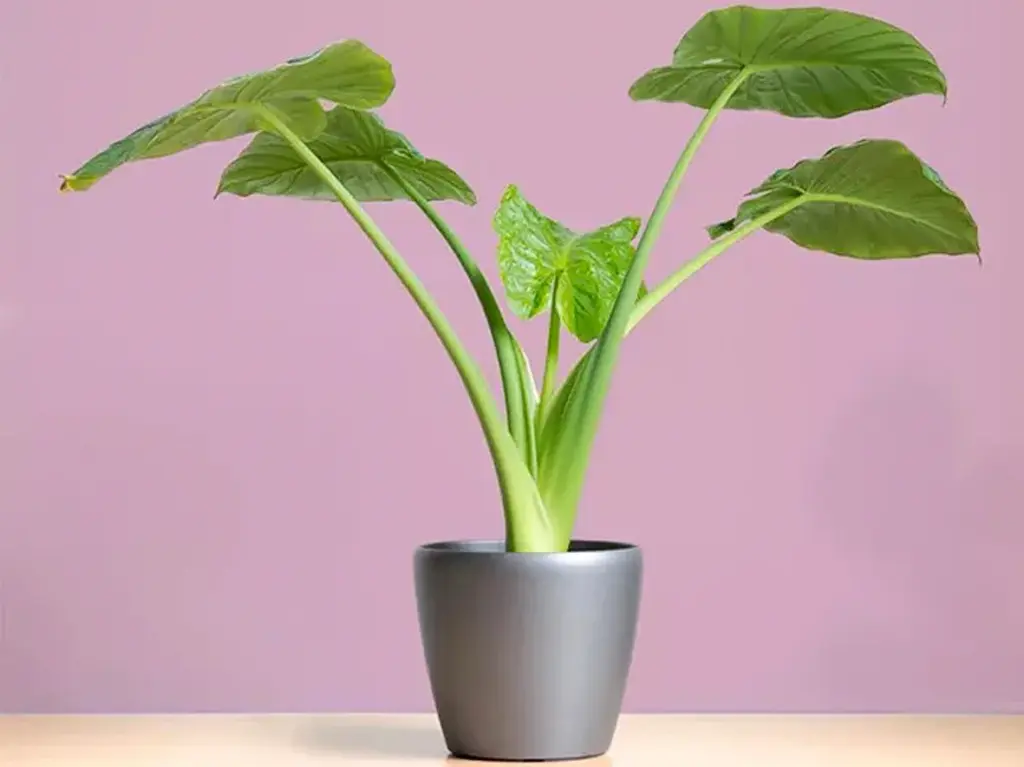
Combatting Pests and Diseases
Despite your best efforts, pests and diseases can still rear their ugly heads from time to time. Keep an eye out for common pests such as aphids, spider mites, and mealybugs, and treat infestations promptly with insecticidal soap or neem oil. Additionally, be on the lookout for signs of fungal diseases like powdery mildew or root rot, and adjust your watering and ventilation practices as needed to prevent further spread.
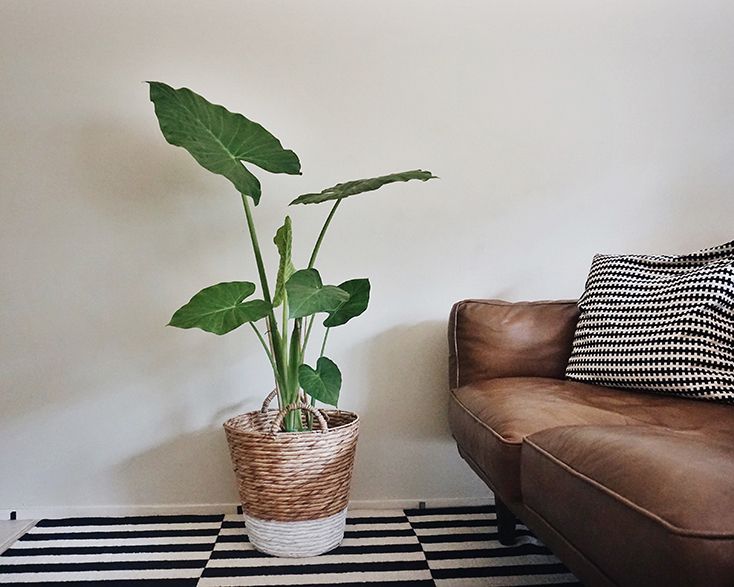
Pruning Techniques
Maintaining the aesthetic appeal of your elephant ear plant is simple with regular pruning. Remove any yellowed or browned leaves, as well as trim back overgrown stems to promote airflow and prevent overcrowding. This proactive approach to pruning preserves the plant’s health and appearance.

Repotting Guidelines
Every two to three years, or when roots become overcrowded, consider repotting your elephant ear plant. Opt for a container one size larger than its current pot, ensuring adequate space for root expansion. Utilize a well-draining potting mix to promote healthy root development and prevent waterlogged soil.

Congratulations! You’ve officially graduated from Elephant Ear Plant Care 101 and are well on your way to becoming a green-thumbed guru. By following the tips and tricks outlined in this complete guide, you can ensure that your indoor elephant ear plant thrives and flourishes for years to come. So go ahead, unleash your inner plant parent, and let your elephant ear plant take center stage in your indoor jungle!
FAQs
Do elephant ear plants do well indoors?
Yes, elephant ear plants (Alocasia and Colocasia species) can do well indoors if provided with the right conditions. They prefer warm, humid environments with bright, indirect sunlight.
How do you take care of an elephant’s ear indoors?
To care for an elephant ear plant indoors:
- Place it in a location with bright, indirect sunlight.
- Keep the soil consistently moist but not waterlogged.
- Maintain high humidity around the plant by misting its leaves or using a humidifier.
- Ensure good air circulation to prevent fungal diseases.
- Fertilize regularly during the growing season with a balanced fertilizer.
- Repot as needed to provide adequate space for root growth.
Do elephant ears need full sun?
Elephant ear plants prefer bright, indirect sunlight. While they can tolerate some direct sunlight, prolonged exposure to intense sun can scorch their leaves. In their natural habitat, they often grow under the canopy of trees where they receive filtered sunlight.
How often should I water my elephant ear plant?
Elephant ear plants prefer consistently moist soil. Water them whenever the top inch of soil feels dry to the touch, typically every 1-2 weeks. However, adjust watering frequency based on factors like temperature, humidity, and pot size. Avoid letting the soil dry out completely or become waterlogged.
Do elephant ears like heat?
Yes, elephant ear plants thrive in warm temperatures. They prefer temperatures between 65°F to 85°F (18°C to 29°C) and high humidity levels. In colder climates, they can be grown indoors or brought indoors during the winter months.
Do elephant ears need a lot of water?
Elephant ear plants prefer consistently moist soil but can be sensitive to overwatering. While they do require regular watering, it’s essential to avoid waterlogging the soil, which can lead to root rot. Water thoroughly when watering, allowing excess water to drain away, and ensure the soil does not dry out completely between waterings. Adjust watering frequency based on environmental conditions and the plant’s specific needs.
